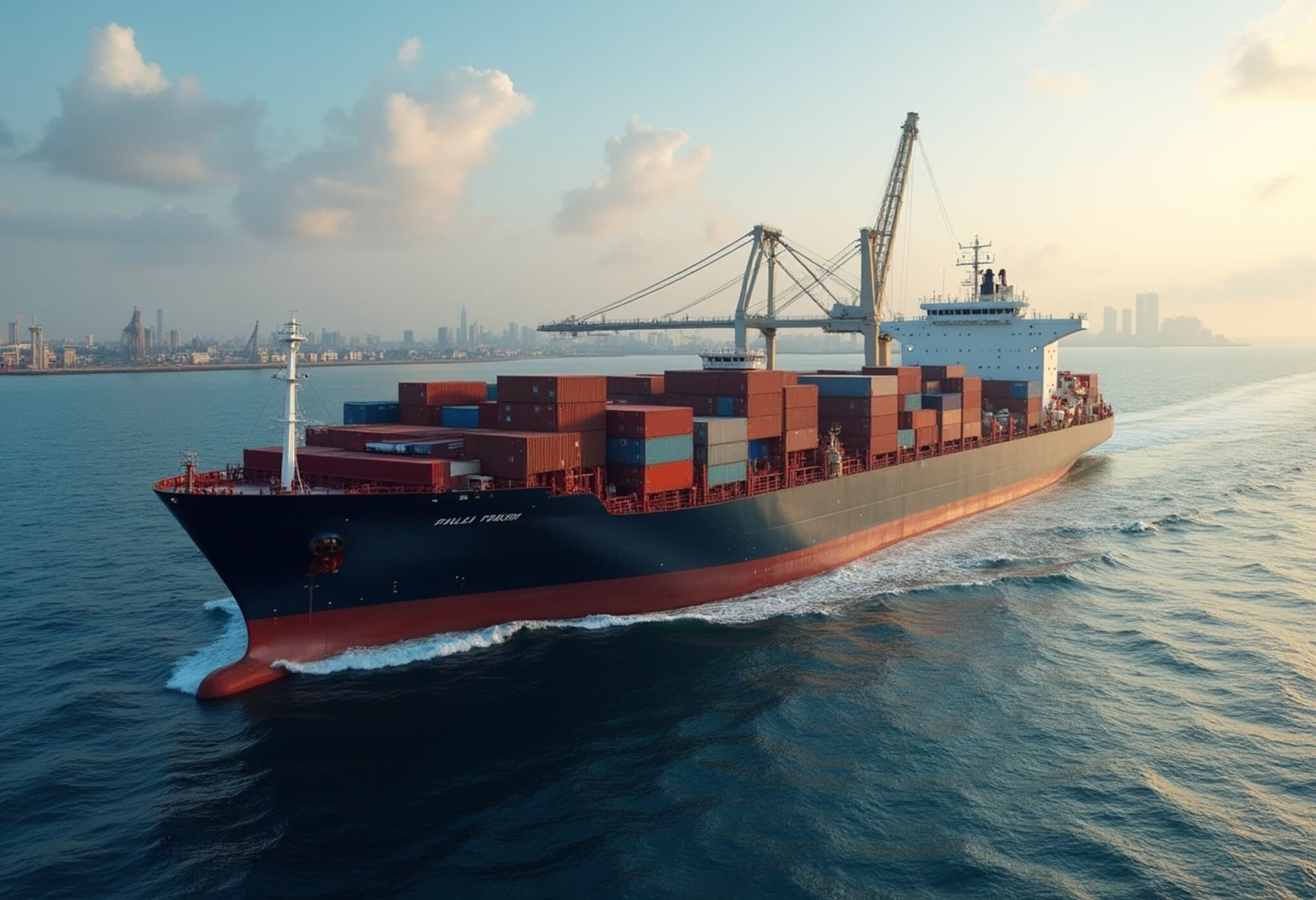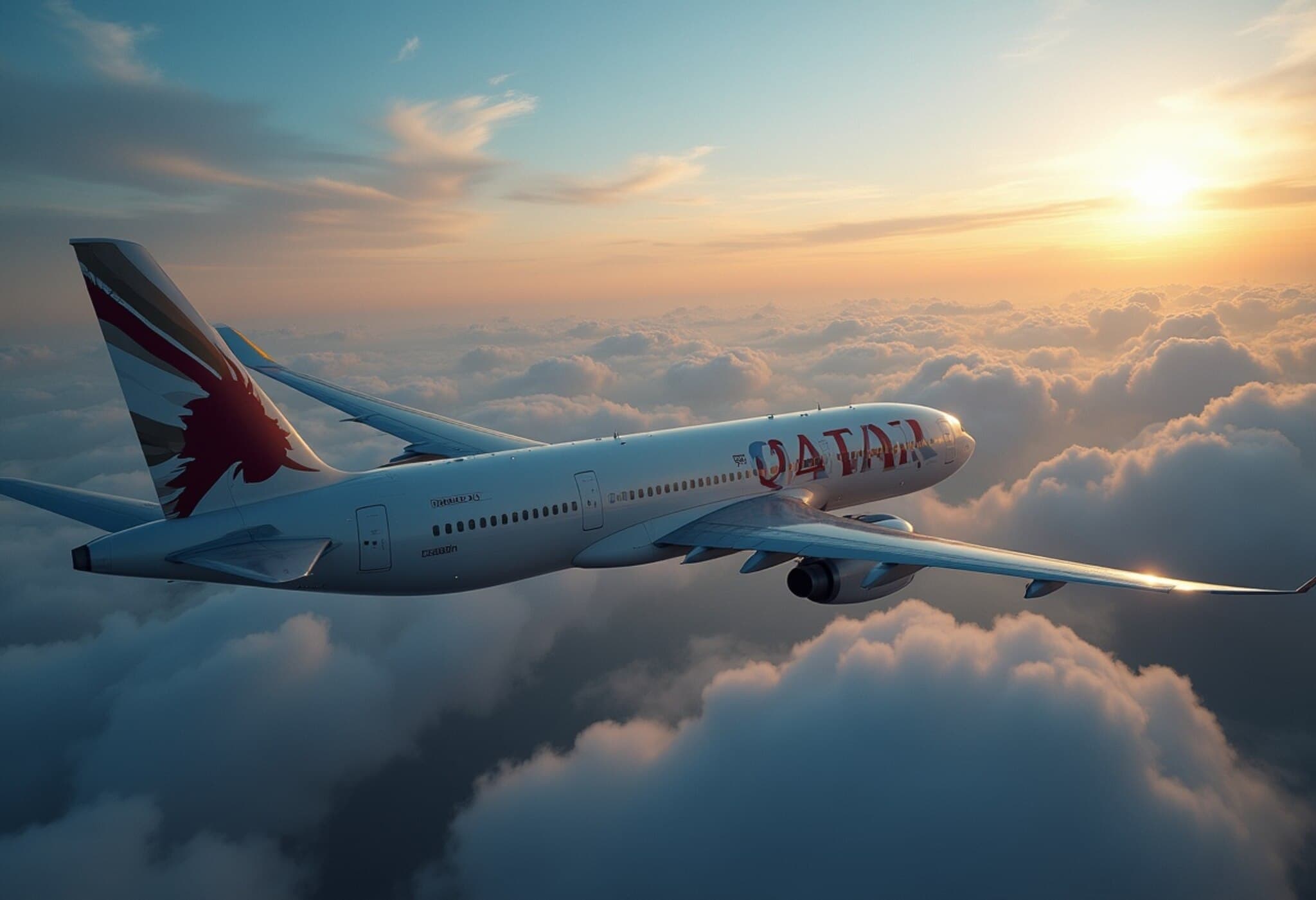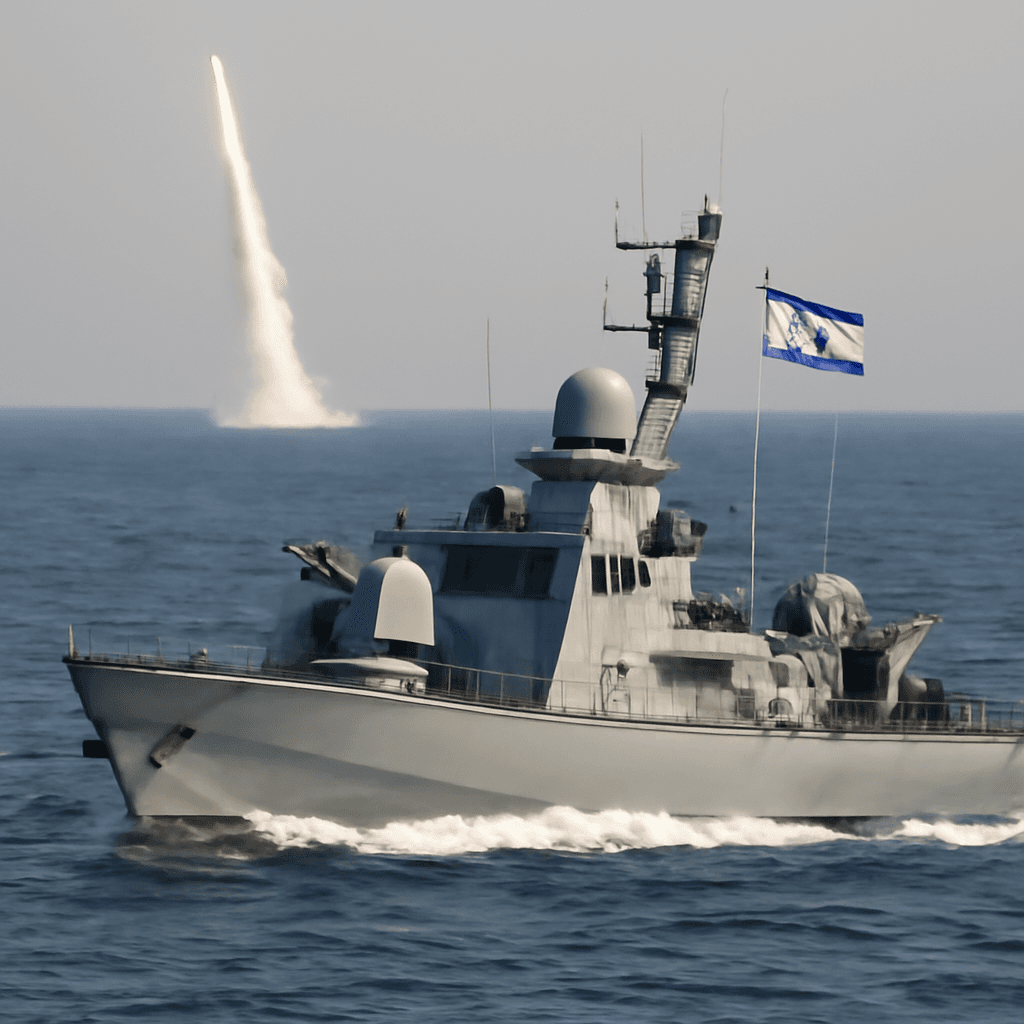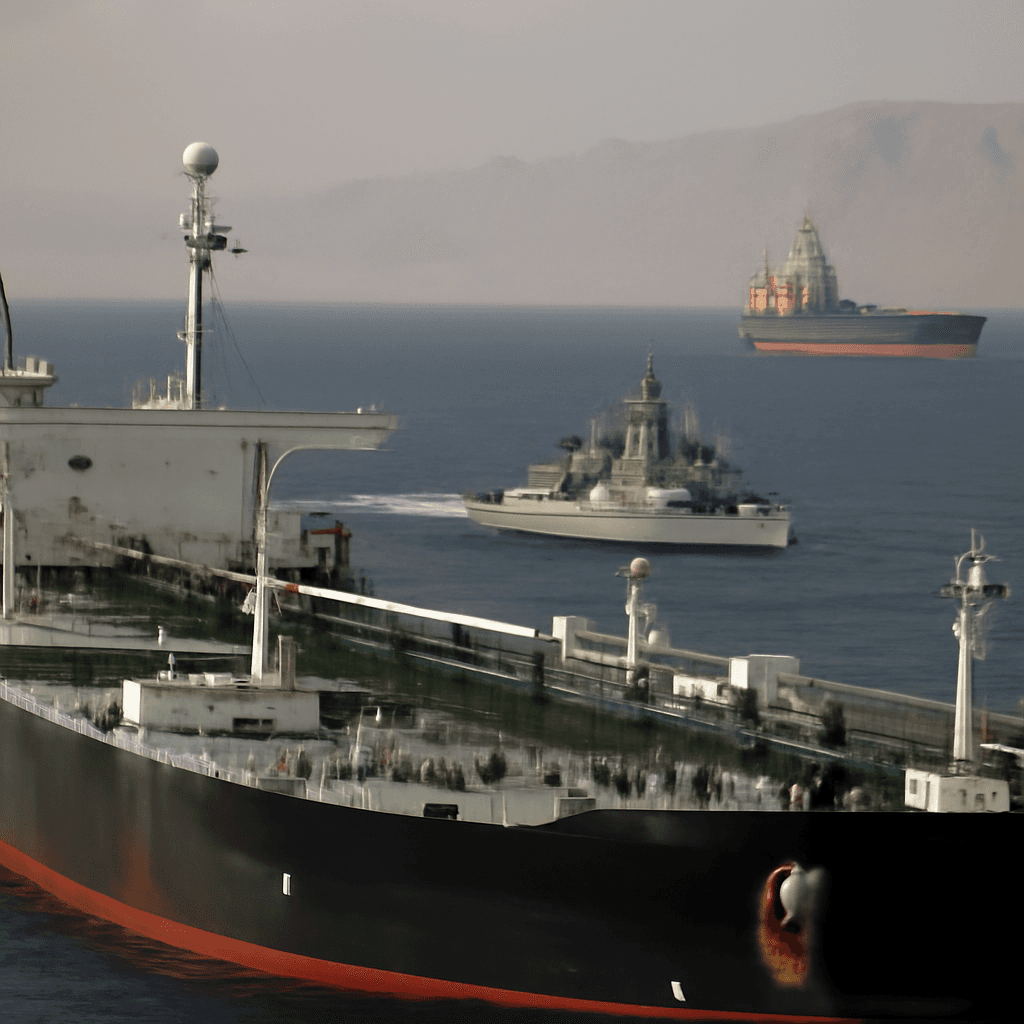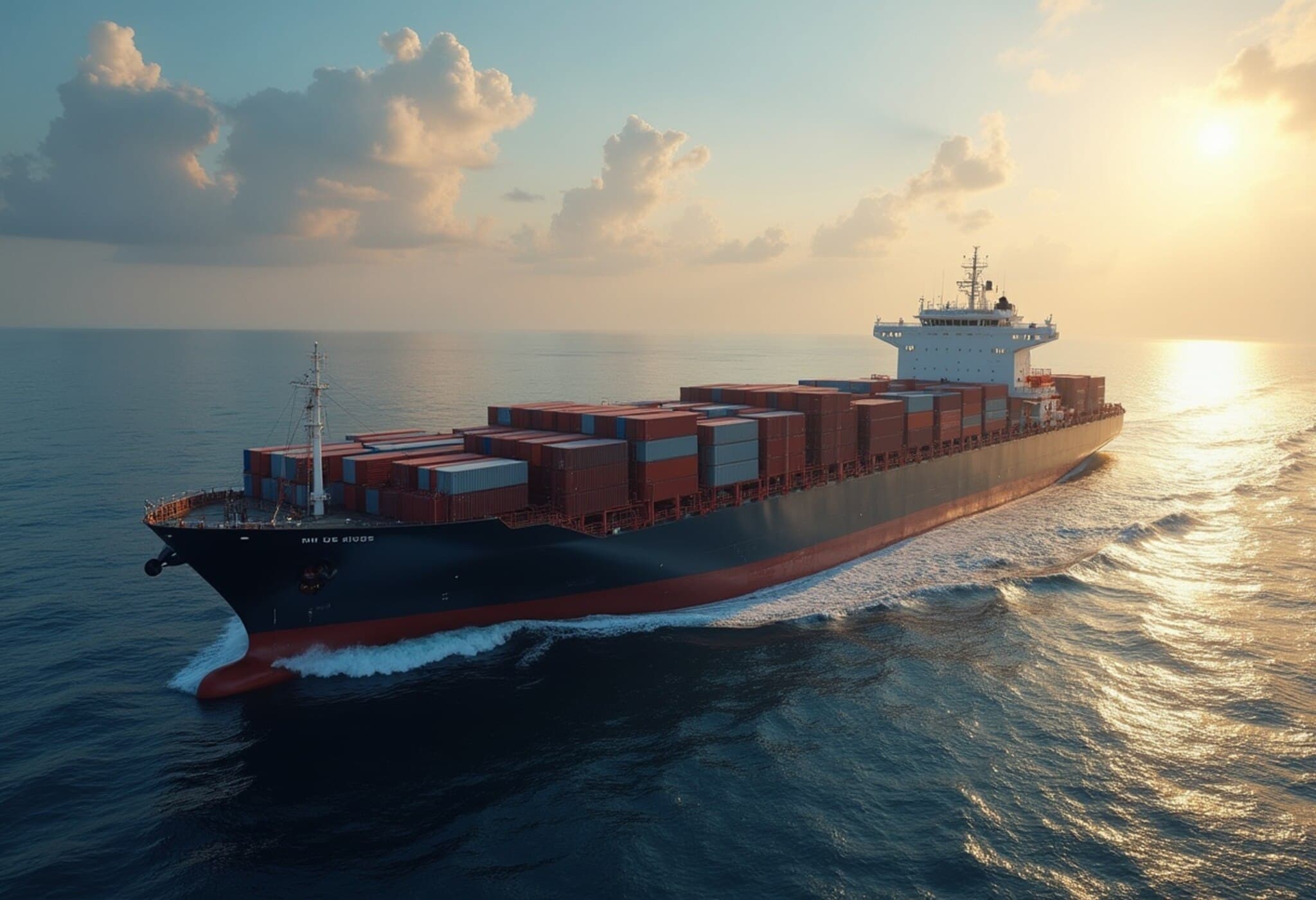Sharp Rise in Ocean Freight Rates Reflects Middle East Tensions
Ocean freight rates to the Port of Khor Fakkan in the United Arab Emirates have soared amid escalating conflict in the Middle East and heightened risks around the Strait of Hormuz. The price to ship a forty-foot container from Shanghai to Khor Fakkan has jumped 76% since mid-May, hitting an average of $3,341 per FEU (forty-foot equivalent unit), according to recent freight data.
Khor Fakkan: A Vital Transshipment Hub
Strategically positioned outside the Strait of Hormuz on the UAE’s Indian Ocean coastline, the Port of Khor Fakkan serves as a critical gateway connecting the Arabian Gulf, Indian Sub-continent, Gulf of Oman, and East African markets. Its deep-sea capability makes it one of the region’s most significant container ports.
In the past 24 hours alone, 81 vessels arrived at Khor Fakkan, with another 51 ships scheduled to dock over the next month, underscoring the port’s role amid rising uncertainties.
Heightened Risks Trigger Market Caution and Higher Costs
Industry experts note that shippers are increasingly cautious, responding to the growing risk environment by frontloading cargo—moving goods earlier than usual to safeguard supply chains against potential disruptions. This strategy, however, is driving up operational expenses.
Additional costs stem from vessels accelerating their speeds to reduce transit times and avoid hotspots, which significantly increases fuel usage. Furthermore, the ongoing conflict has forced some shipping companies to reroute or avoid key maritime areas, raising logistical challenges and expenses.
Iran’s Parliament Escalates Tensions
Amid recent developments, Iran’s parliament passed a motion that many analysts interpret as a threat to target or seize ships, especially those with explicit ties to the United States. Maritime security firms warn this raises the risk for vessels operating near the Strait of Hormuz.
Some major operators have responded decisively. For instance, a leading tanker company recently announced it will no longer accept contracts requiring passage through the Strait, citing security concerns.
Market Indicators Signal Rising Uncertainty
Despite the upheaval, broader market indices have shown muted reactions. However, the widening gap between spot ocean freight rates and long-term contract rates reveals growing volatility.
This spread has climbed dramatically—from just $50 to over $1,100 within approximately 40 days, reflecting the divergence between smaller shippers facing acute urgency and higher costs, and larger, more powerful shippers with negotiated agreements.
This imbalance in negotiating power means smaller businesses often pay premium rates and surcharges to secure timely shipments, while bigger players can push back against soaring prices.
Looking Ahead
As tensions persist in the region, shipping companies and supply chain managers will likely continue navigating the cost and security challenges. The ongoing volatility around the Strait of Hormuz remains a key factor influencing global freight movements and pricing dynamics.

